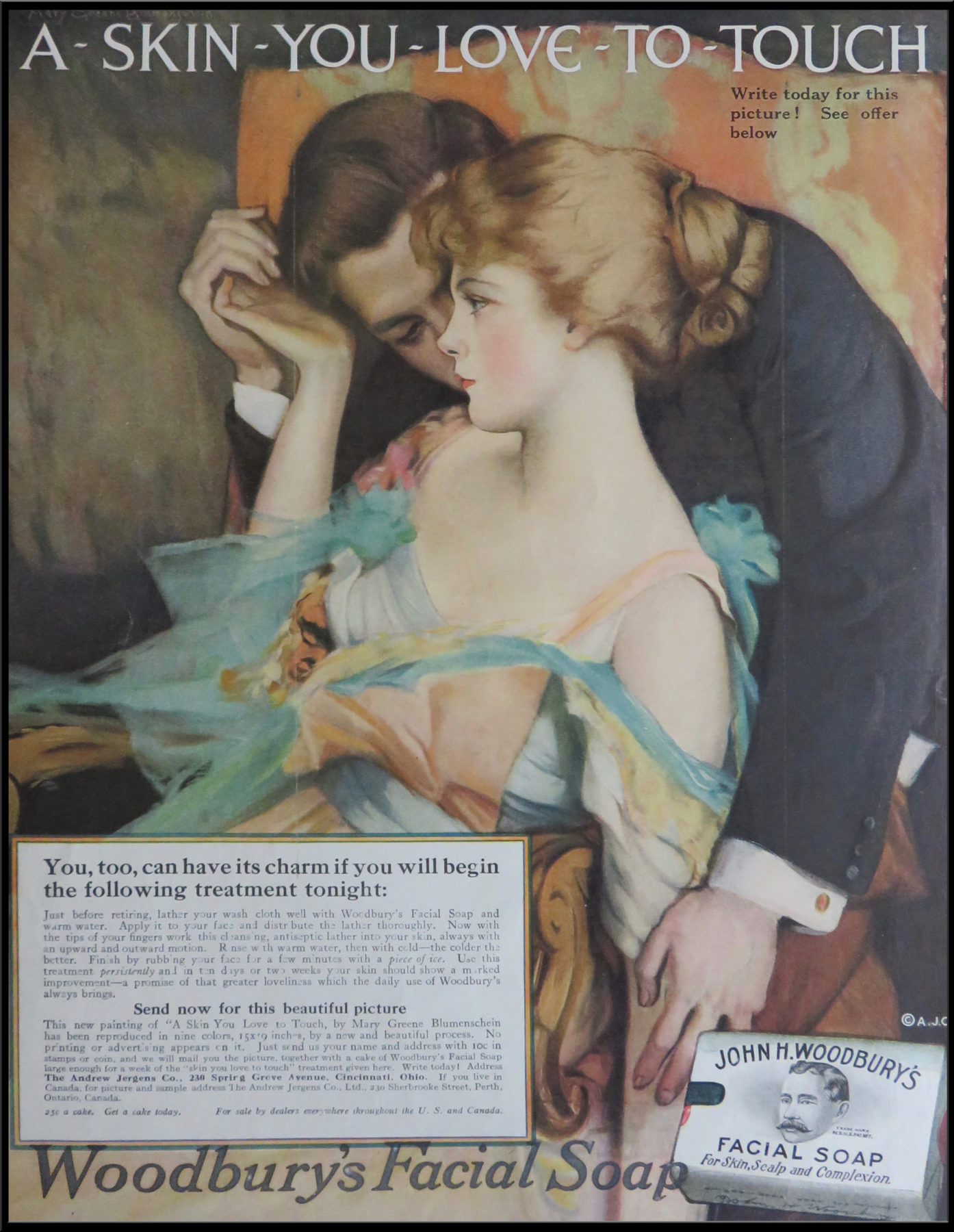Starting today, and ending next Monday, I am promoting Kieran Drew’s High Impact Writing.
As you might know, Kieran is a bit of a star in the online entrepreneur space. He has over 200,000 followers on Twitter. He has a big and growing email newsletter, with over 30,000 readers. He has had several 6-figure launches and has built up a million-dollar personal brand.
Even more impressively, Kieran only got started with all this 3 years ago. Before that, he was a dentist. He started with an audience of zero.
Even most impressively, Kieran built up his audience and his business via writing alone.
No ads. No fly-by-night growth hacking strategies. No manipulating social media algorithms.
Just writing.
How exactly?
Well, that’s inside High Impact Writing. That’s Kieran’s course on social media writing. It’s for entrepreneurs who want to grow their brand and their business.
I’ve been going through High Impact Writing myself. I only have positive things to say about it. I’ll save those for my emails over the coming days.
For today, let me just say I endorse High Impact Writing 100%.
I also have a free bonus if you get High Impact Writing via my affiliate link below.
The free bonus is the recordings of my Age of Insight trainings, which I gave a little over a year ago.
These trainings consisted of three evening-long calls. Each of the calls focused on one of three “insightful writing” techniques.
The writing techniques I talk about in Age of Insight were at the heart of massively successful pieces of content, which used a feeling of insight to cut through the noise… to get into people’s heads… and to build marketshare and mindshare.
I sold Age of Insight for $297 at the time. Kieran is selling High Impact Writing for $297 right. So from whichever side you look at it, you buy one, you get one free.
Also, Kieran will be raising the price of High Impact Writing after this promo, which ends next Monday at 12 midnight PST. I don’t know by how much he’s increasing the price, but it will be a significant price bump.
If you have doubts or questions about High Impact Writing, then I will have more to say about it over the next three days.
But if you already know you want it, you can get it at the link below. Once you buy, forward me your email confirmation, and I will get you access to Age of Insight as well.
Here’s the link:

